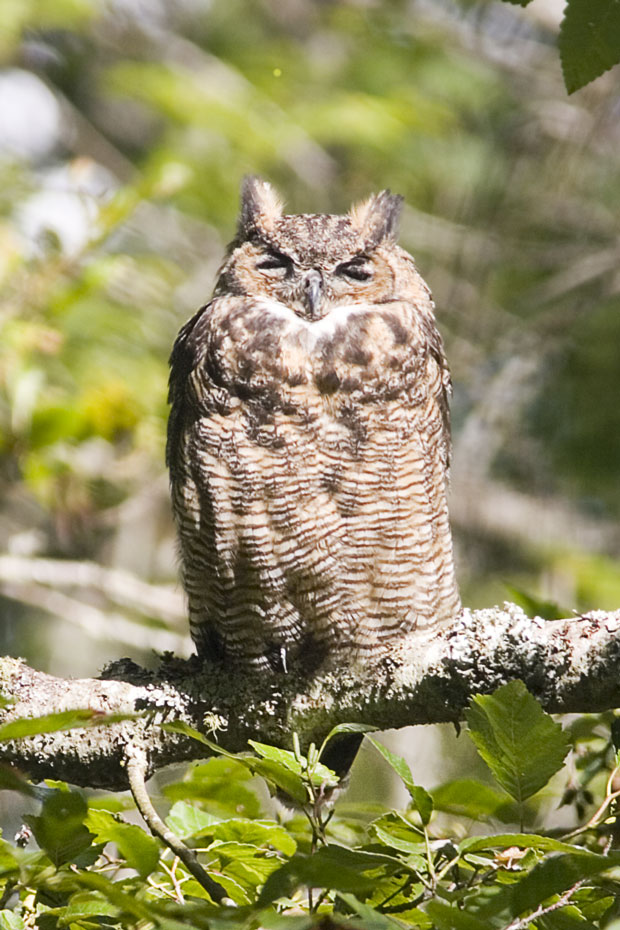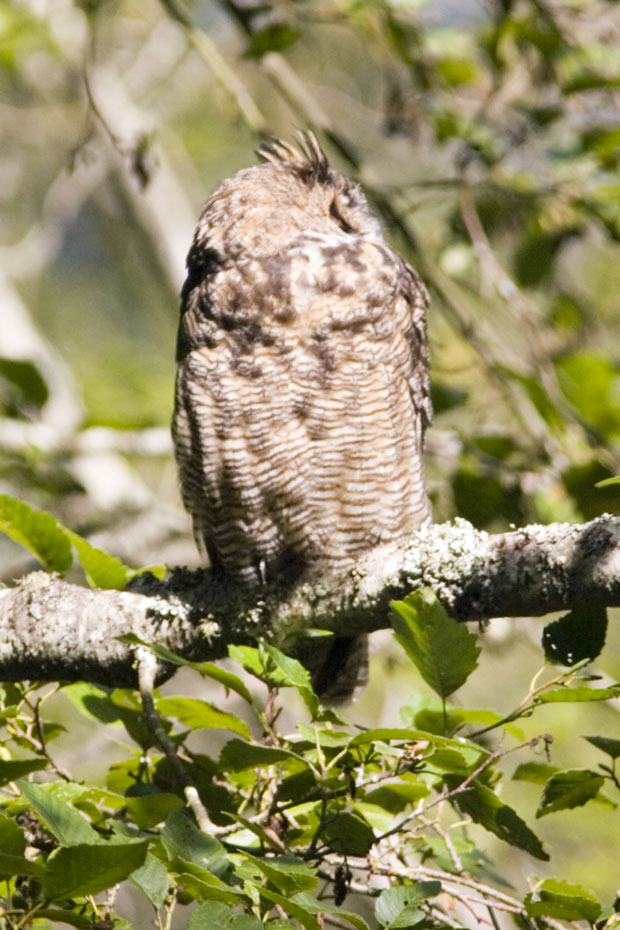Try as I might, I find it nearly impossible to totally ignore the Bush administration. They grabbed my attention again in an NY Times article entitled “Destroying the National Parks.”
I’m not going to summarize the whole article; it deserves to be read in its own right, but here’s a paragraph indicating the main thrust of the article:
Mr. Hoffman’s rewrite would open up nearly every park in the nation to off-road vehicles, snowmobiles and Jet Skis. According to his revision, the use of such vehicles would become one of the parks’ purposes. To accommodate such activities, he redefines impairment to mean an irreversible impact. To prove that an activity is impairing the parks, under Mr. Hoffman’s rules, you would have to prove that it is doing so irreversibly – a very high standard of proof. This would have a genuinely erosive effect on the standards used to protect the national parks.
In other words, the preservation of a few special places in America, a tradition begun with a bill to establish Yellowstone National Park approved by the Senate on January 30, 1872, and by the House on February 27 of the same year and has maintained bipartisan support for over a hundred years is about to be turned on it’s head by a Bush Administration lackey
Unlike government officials in Brave New World who banned walks in nature because no one earned money from them, the Bush aadministration appears to have gone a step further, finding one more way to cash in on the only part of the environment that so far has evaded their predations.
After all, why would anyone want a park unless you could make money renting snowmobiles or Jet skis? Why would anyone really want to own a GMC Hummer unless they could take it off-roading in some of the America’s most beautiful spots? Wouldn’t Old Faithful make a perfect backdrop for the latest Hummer commercial?
If the Bush administration has their way, there will be a few less “goodly creatures” out in the wild because our “brave new world” has “such people in it.”
“Oh wonder,
how many goodly creatures are there here,
how beautious mankind is,
O brave new world,
That has such people in’t!”


